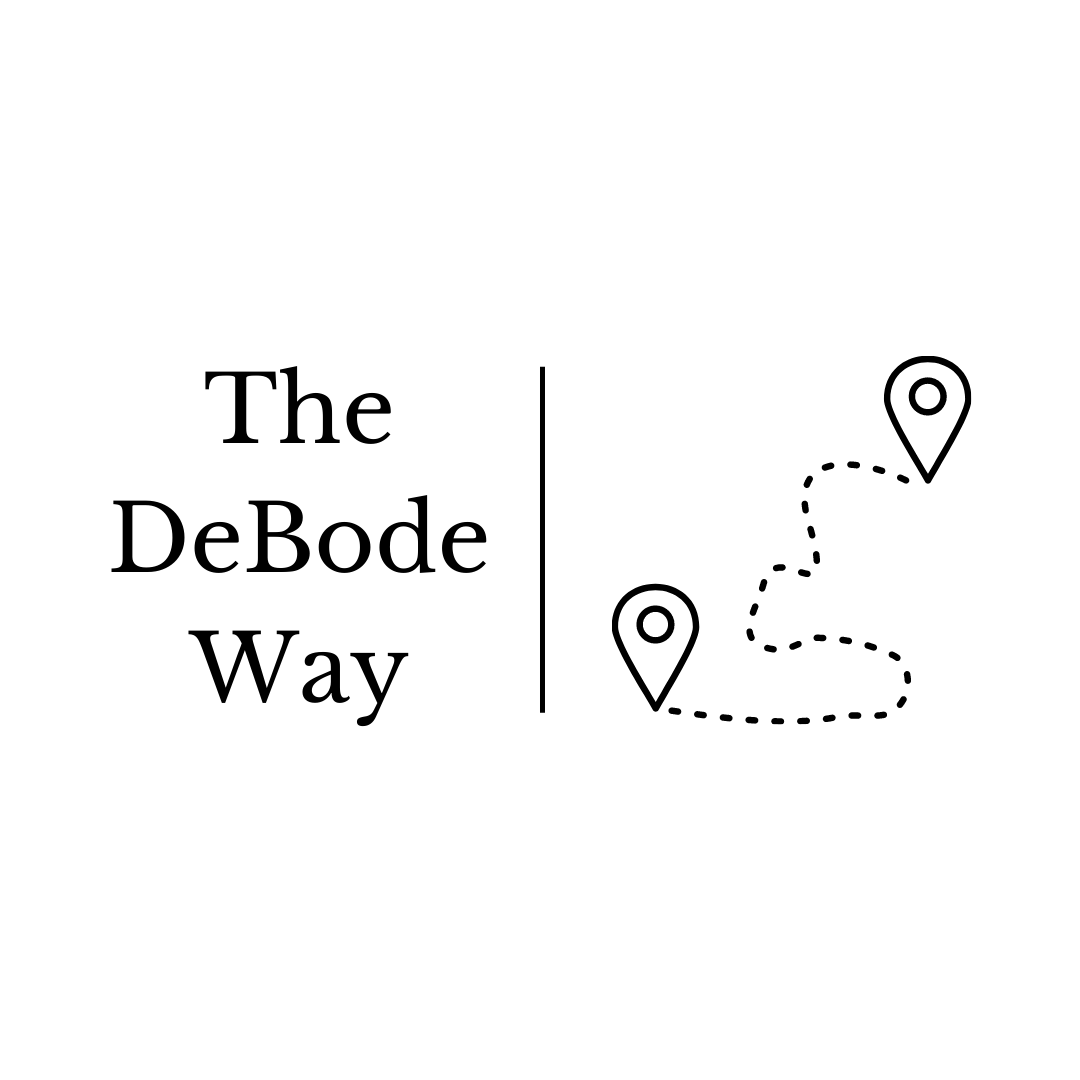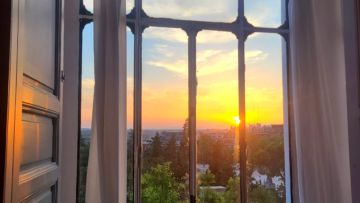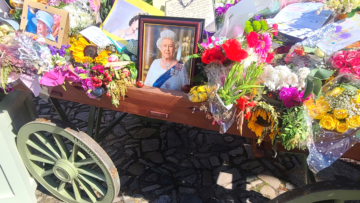When we travel we try, as much as possible, to book ahead and pay for things ahead of time. Sometimes, as with hotels and car rentals, you can actually get a price break if you pay in full at the time of booking (win!). But mostly, we do this to make sure we have fewer things to pay for while abroad and less surprises for the budget. In fact, most of the time when we travel the only things we have to pay for are food and any gifts we bring home. That’s super helpful, but food bills alone can be eye-wateringly high, so we wanted to briefly talk about ways we try to bring that cost down.
First, when booking your hotel, see if they have a B&B rate. Most of the time that means the rate you’re paying includes your room and breakfast at the hotel the following morning. Booking the B&B rate, rather than paying separately in the morning, will typically give you a discount on breakfast. At least in Europe, these are real breakfasts, not just a cold, limited bar with yogurt, cereal, and toast. Instead, at all the hotels we’ve stayed at in in Europe, breakfast has starters (what we’d normally consider a regular included breakfast at most US hotels…pastries, cereal, yogurt, fruit, juice, and so on) plus mains, which are hot, full meals (things like French toast, eggs and salmon, and so on). Importantly, many of these breakfasts have – or can have – loads of protein that’ll keep you full throughout the day. Jason’s go-to breakfast in Europe is the Full Traditional Irish/Scottish/English breakfast. This includes sausage, bacon, black pudding, haggis or white pudding, eggs, baked beans, a potato scone, a roasted tomato, and roasted mushrooms. Oh, and toast. And that’s just the main; there’s the starter that comes before it. Heart-healthy it might not be, but filling it is aplenty.
Second, because we eat such big breakfasts (again, remember to focus on protein here, not just carbs), we typically aren’t hungry again until very late in the afternoon, sometimes even until dinner. If we get hungry during the day, we’ll usually opt for one of two choices. First, we’ve either packed protein bars in our luggage or looked for them as soon as we get in-country. These quick snacks will keep us good until dinner. Second, sometimes we’ll stop into a hotel or restaurant for afternoon tea, which includes scones or something similar along with your tea or coffee. Not a ton of food, but enough to keep you going until dinner and the little kick of caffeine helps, too.
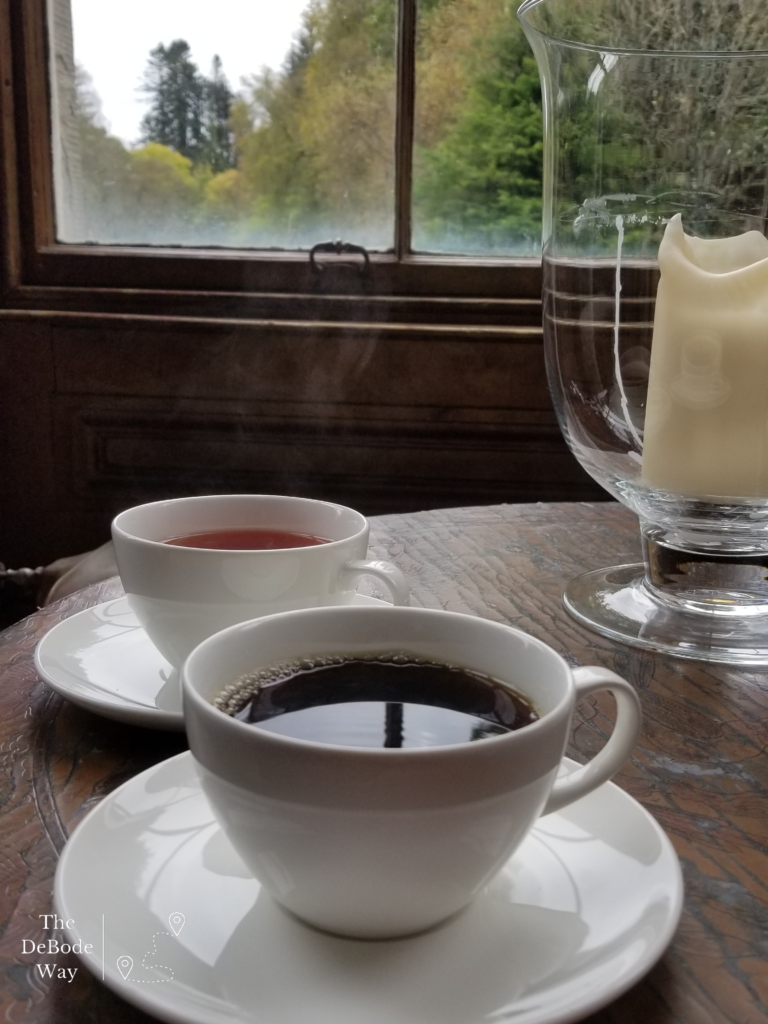
The above means we’re almost always able to do without lunch even though we’re walking a ton and burning lots of energy. And, given that lunch can easily cost $15-$20 per person, that can add up to real money you’re keeping in your bank account.
Dinners can be as extravagant as you like; we usually opt to split a starter, have our individual mains (go halvesies to try more things!), and then either share a dessert or each get our own. Afterwards we’ll go for a walk before heading in for the night. We’re not really night scene people and like to put the plan together for the next day before bed. Since we have some food allergies and restrictions, we typically stick to options that are more farm-to-table and super fresh whole foods without preservatives. Depending on where you eat, your dinner might cost you in the ballpark of $50 per person (if you try to avoid chains and opt for local, whole food options), but if that’s the only meal you’re paying for throughout the day, it’s a bit more palatable than if that’s in addition to breakfast and/or lunch. There are lots of ways to keep this cost down, like sharing items, skipping the starter, and not ordering a drink – but you’re on the trip of a lifetime, right? Plan ahead and let yourself enjoy it.
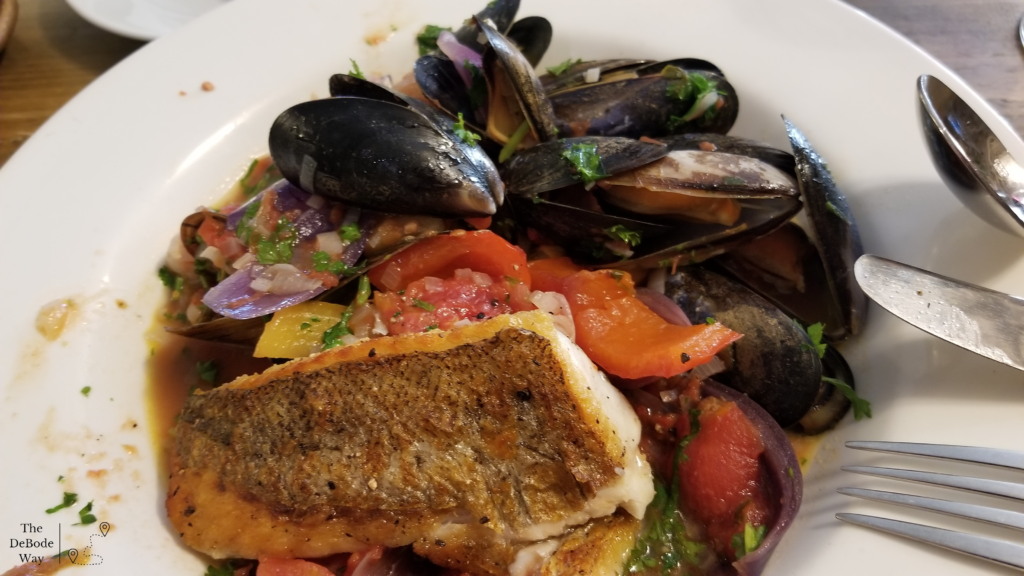
Another way to avoid the expense of restaurants is to cook for yourself. Occasionally we’ll book an Air BnB or apartment with a kitchen if we’re planning to be in an area for awhile. It’s a fun experience to go grocery shopping in a country you’re not completely familiar with. One of Jason’s favorite things to do is to try to find foods/brands that we have at home and compare their ingredients, tastes and prices to what we have at home. You will find they are VERY different. This is another great way to immerse yourself in an area and mix with the locals as well. Don’t forget to bring you own bag, as most grocery stores in Europe and Asia charge for plastic bags, and some stores don’t have them at all.
If you’re worried about any food restrictions you may have, don’t be. Our experience with Europe (and even the far reaches of Scotland) has always been that there are more/better options available than we can get in the Midwest and our allergies and health issues aren’t as big of a deal because the food is so clean. It’s truly amazing! When you walk into a restaurant, typically the first thing you are asked is if you have any allergies or restrictions and they are very accommodating. We’ve often had dishes completely recreated to avoid dairy at their suggestion and they don’t even blink. Coming home again and the reintroduction to those issues is the bummer of travel for us. Our struggles with the broken food system in the US is a topic for another day, but just know that if you have restrictions, you’ll probably be more than fine in Europe. You may even find yourself considering staying for the food alone.
Happy exploring!
